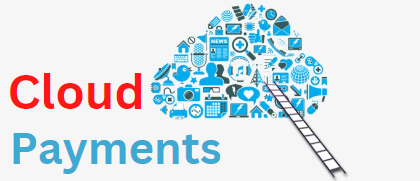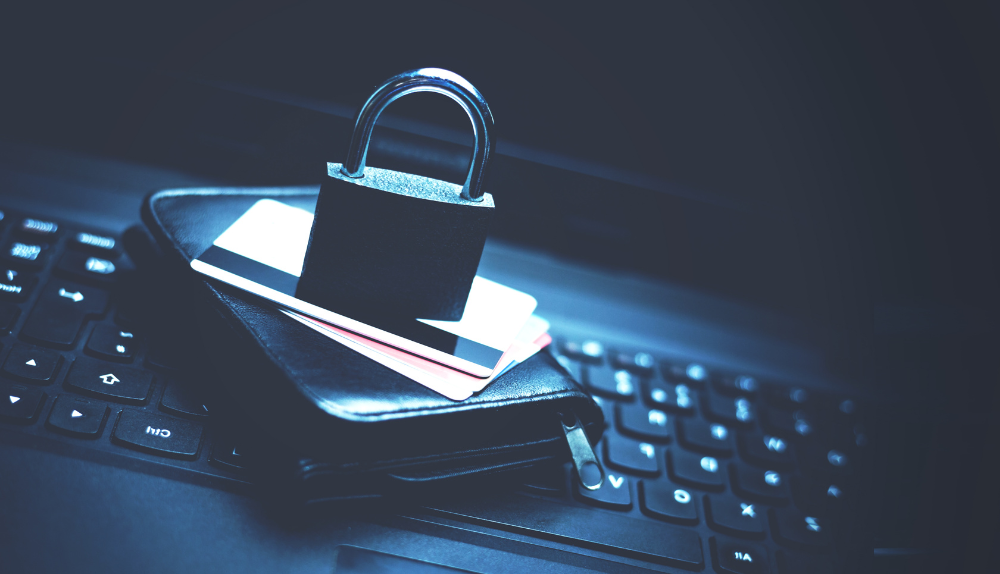How Does Credit Card Authentication Work? Why is it Important?
In today’s digital age, credit card transactions have become an integral part of our daily lives. Whether we’re making online purchases or swiping our cards at local stores, the convenience of credit cards is undeniable. But have you ever wondered how these transactions remain secure and protected from potential fraud?
This is where credit card authentication comes into play, acting as a crucial safeguard in the world of electronic payments. In this article, we will delve into the intricacies of credit card authentication, exploring how it works and why it is of paramount importance in preserving the integrity of our financial transactions. From encryption algorithms to verification protocols, join us as we demystify the fascinating world of credit card authentication and its indispensable role in ensuring peace of mind for both consumers and businesses alike.
What is Credit Card Authentication?
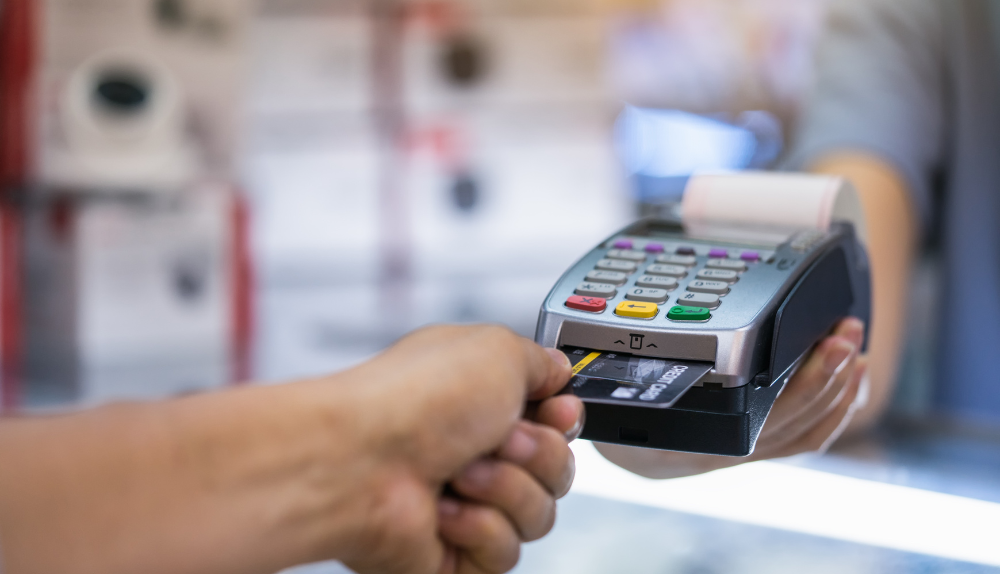
Credit card authentication is the process of verifying the authenticity and validity of a credit card transaction or confirming the identity of the cardholder. In an era where electronic payments have become the norm, credit card authentication plays a vital role in ensuring secure financial transactions. It involves implementing various security measures and protocols to protect against fraud and unauthorized usage.
Common methods of credit card authentication include the use of CVV codes, which are three or four-digit numbers found on the back or front of the card. These codes act as an additional layer of security by confirming that the person making the transaction possesses the physical card.
Address verification system (AVS) is another widely used authentication method. It cross-references the billing address provided during the transaction with the address on file with the credit card issuer, helping to verify the cardholder’s identity.
Furthermore, advancements in technology have led to more sophisticated authentication techniques. Tokenization replaces sensitive card information with a unique identifier called a token, ensuring that actual card details are not transmitted during the transaction process. Biometric authentication uses unique physical or behavioral traits of the cardholder, such as fingerprints or facial recognition, to verify their identity.
Credit card authentication is crucial for protecting sensitive financial information and reducing the risk of fraud. By employing robust authentication measures, financial institutions, and businesses can enhance security, giving consumers peace of mind when conducting electronic payments.
What is the Meaning of Authenticating Your Payment?
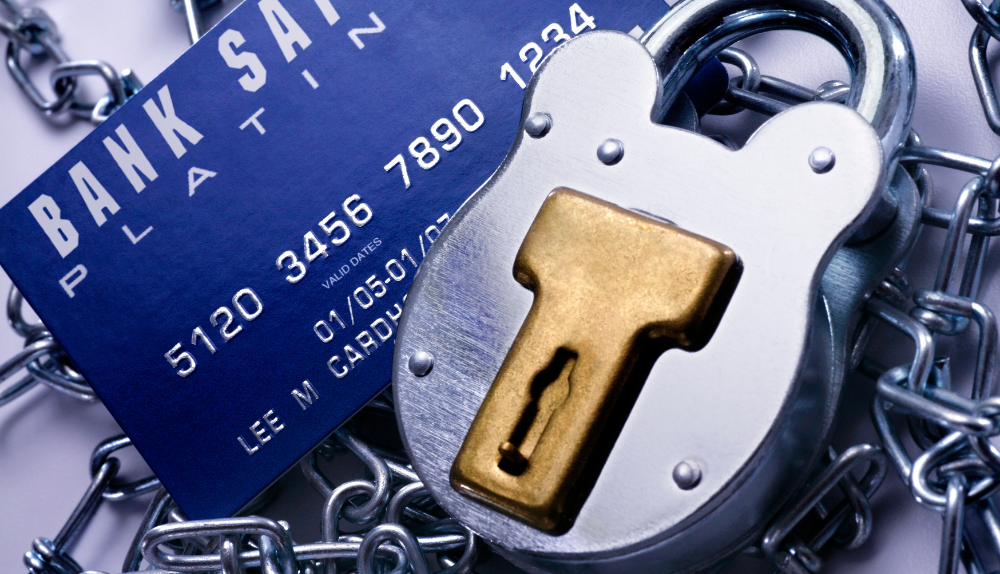
To authenticate your payment means to verify and confirm the legitimacy of a transaction before it is authorized. Authentication is a security measure implemented by financial institutions and payment processors to protect against fraud and ensure the safety of electronic payments.
When you authenticate a payment, you provide additional information or undergo a verification process to prove that you are the authorized cardholder and the transaction is legitimate. This helps prevent unauthorized individuals from using your payment credentials and protects your financial information.
Methods of payment authentication can vary depending on the payment platform or service provider. They may include entering a password, PIN, or CVV code, providing biometric data (such as fingerprints or facial recognition), or undergoing a two-factor authentication process where you receive a verification code on your mobile device.
By authenticating your payment, you are actively participating in securing your financial transactions, reducing the risk of fraud, and ensuring that only authorized payments are processed.
Importance of Credit Card Authentication
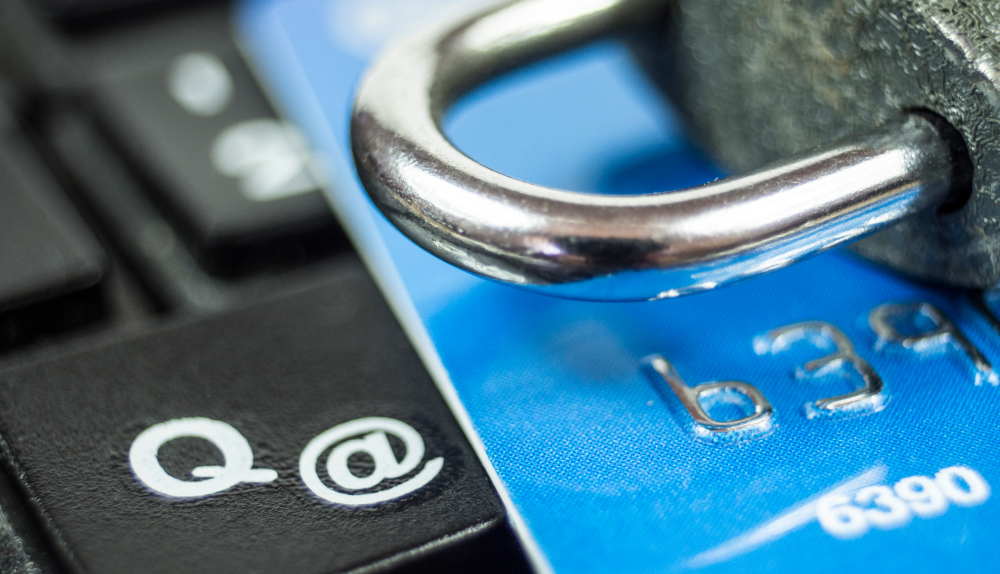
In an increasingly digital world, credit card authentication plays a vital role in ensuring secure and trustworthy financial transactions. By verifying the legitimacy of transactions and confirming the identity of the cardholder, credit card authentication protects against fraud, safeguards sensitive financial information, builds trust, ensures regulatory compliance, and minimizes chargebacks and disputes.
Preventing Fraudulent Transactions
Credit card authentication serves as a crucial defense mechanism against fraudulent transactions. Robust authentication measures such as CVV codes, AVS, tokenization, and biometrics make it significantly harder for fraudsters to gain unauthorized access to sensitive credit card information. By implementing these measures, financial institutions and businesses can reduce the risk of unauthorized usage and protect both the cardholder and the business from financial losses.
Safeguarding Sensitive Financial Information
Authentication protocols protect sensitive financial information by verifying the identity of the cardholder and confirming the legitimacy of the transaction. Encryption algorithms and secure communication channels ensure that personal and financial data remain protected, preventing unauthorized access or interception of credit card details during the authentication process.
Building Trust and Confidence
Effective credit card authentication helps build confidence and trust among consumers, merchants, and financial institutions. When customers know that their transactions are protected by robust authentication measures, they feel more secure and are more likely to engage in online and electronic payments. Similarly, businesses can establish a reputation for providing secure payment options, attracting and retaining customers who prioritize security.
Compliance with Industry Regulations
Credit card authentication is essential for businesses to comply with industry regulations and standards, such as the Payment Card Industry Data Security Standard (PCI DSS). Following these requirements doesn’t only help businesses in avoiding penalties but also proves their commitment to customer protection and data security.
Minimizing Chargebacks and Disputes
By implementing strong authentication measures, businesses can verify the legitimacy of a transaction at the point of sale, reducing the likelihood of chargebacks due to unauthorized usage or identity theft. This not only saves businesses time and resources but also improves the overall efficiency of the payment process.
Overall, credit card authentication is of paramount importance in ensuring secure and trustworthy financial transactions. By preventing fraudulent transactions, safeguarding sensitive financial information, building trust and confidence, complying with industry regulations, and minimizing chargebacks and disputes, authentication measures play a vital role in protecting the interests of both consumers and businesses in the digital payment landscape.
Types of Payment Authentication
Payment authentication encompasses various methods and techniques implemented to verify the legitimacy of transactions and ensure the security of financial information. Here are some common types of payment authentication:
Passwords/PINs
One of the most basic forms of authentication, passwords or personal identification numbers (PINs), are used to validate the identity of the cardholder. Users must enter a unique password or PIN associated with their payment account to authorize the transaction.
Two-Factor Authentication (2FA)
Two-factor authentication adds an extra layer of security by requiring users to provide two different types of verification. This can include a combination of something the user knows (e.g., password), something the user has (e.g., a verification code sent to their mobile device), or something the user is (e.g., biometric data like fingerprints or facial recognition).
CVV Codes
Card Verification Value (CVV) codes are three or four-digit numbers found on the back or front of credit cards. Merchants often require the CVV code during online transactions to ensure that the cardholder physically possesses the card.
Biometrics
Biometric authentication utilizes unique physical or behavioral traits of individuals to verify their identity. This can include fingerprints, facial recognition, voice recognition, or even iris scanning. Biometrics provide a high level of security as these traits are difficult to replicate.
Tokenization
Tokenization replaces sensitive payment card information with a unique identifier called a token. The token is used during the transaction process instead of the actual card details. This method ensures that sensitive card information is not transmitted or stored, reducing the risk of data breaches.
Address Verification System (AVS)
AVS verifies the billing address provided during a transaction with the address on file with the credit card issuer. This helps confirm the authenticity of the cardholder by ensuring that the billing address matches the records.
Each of these authentication methods plays a vital role in protecting against fraud, securing financial transactions, and providing peace of mind to both consumers and businesses. The choice of authentication method often depends on the level of security required, the convenience factor, and the specific requirements of the payment platform or service provider.
Best Practices to Implement Credit Card Authentication
Implementing robust credit card authentication practices is crucial for ensuring the security of financial transactions. Here are some best practices to consider:
Multi-Factor Authentication (MFA)
Utilize multi-factor authentication methods, such as two-factor authentication (2FA), to add an extra layer of security. By requiring users to provide multiple forms of verification, such as a password and a verification code, the risk of unauthorized access is significantly reduced.
Encryption
Implement strong encryption protocols to protect sensitive credit card data during transmission. Utilize industry-standard encryption algorithms to ensure cardholder information remains secure and unreadable to unauthorized individuals.
Tokenization
Consider implementing tokenization as a method to secure cardholder data. Tokenization replaces sensitive card details with unique tokens, reducing the risk of data breaches and limiting the exposure of sensitive information.
Regular Updates and Patches
Keep your payment systems up to date with the latest security patches and software updates. Regularly review and apply security patches provided by your payment processor or software vendor to address any vulnerabilities.
Fraud Detection and Monitoring
Employ fraud detection and monitoring systems to identify suspicious transactions and potential fraudulent activities. These systems can analyze patterns, detect anomalies, and flag high-risk transactions for further investigation.
Educate Cardholders
Educate your customers about safe online practices and how to protect their credit card information. Encourage them to use strong passwords, avoid sharing sensitive information, and regularly monitor their credit card statements for any unauthorized transactions.
Compliance with Industry Standards
Ensure compliance with industry standards, such as the PCI DSS. Following these standards helps maintain a secure payment environment and protects against potential liabilities.
By implementing these best practices, businesses can enhance the security of credit card transactions, reduce the risk of fraud and data breaches, and provide customers with a safe and trustworthy payment experience. Regularly reviewing and updating security measures is essential to stay ahead of evolving threats in the digital payment landscape.
Final Words
In conclusion, credit card authentication is a vital aspect of ensuring secure and reliable financial transactions. By implementing robust authentication methods such as multi-factor authentication, encryption, tokenization, and staying up-to-date with security measures, businesses can protect against fraud, safeguard sensitive data, and build trust with customers. Adhering to industry standards and best practices, such as regular updates and patches, fraud detection and monitoring, and educating cardholders, further enhances the security of credit card transactions.
The importance of credit card authentication cannot be overstated in today’s digital landscape, where the risk of fraudulent activities and data breaches is ever-present. By prioritizing and implementing effective authentication measures, businesses can establish a secure payment environment, instill confidence in customers, and mitigate potential risks and liabilities. Ultimately, credit card authentication plays a crucial role in maintaining the integrity and trustworthiness of financial transactions, benefiting both businesses and consumers alike.
Frequently Asked Questions (FAQs)
Why is credit card authentication important?
Credit card authentication is important because it helps prevent fraudulent transactions, safeguards sensitive financial information, builds trust, ensures regulatory compliance, and minimizes chargebacks and disputes. It adds layers of security to protect both consumers and businesses in the digital payment landscape.
What methods are commonly used for credit card authentication?
Common methods of credit card authentication include CVV codes, address verification system (AVS), two-factor authentication (2FA), biometrics (such as fingerprints or facial recognition), and tokenization.
How does tokenization improve credit card security?
Tokenization replaces sensitive credit card information with a unique identifier called a token. This ensures that actual card details are not transmitted or stored during a transaction, reducing the risk of data breaches and protecting cardholder information.
What role does compliance with industry regulations play in credit card authentication?
Compliance with industry regulations, such as the PCI DSS, is crucial for businesses. Following these regulations helps protect cardholder data, maintain secure payment environments, and demonstrate a commitment to data security and customer protection.
Can credit card authentication eliminate all fraud?
While credit card authentication significantly reduces the risk of fraud, it does not guarantee complete elimination. Fraudsters constantly evolve their methods, so businesses should continually update and enhance their authentication measures to stay ahead of emerging threats.
